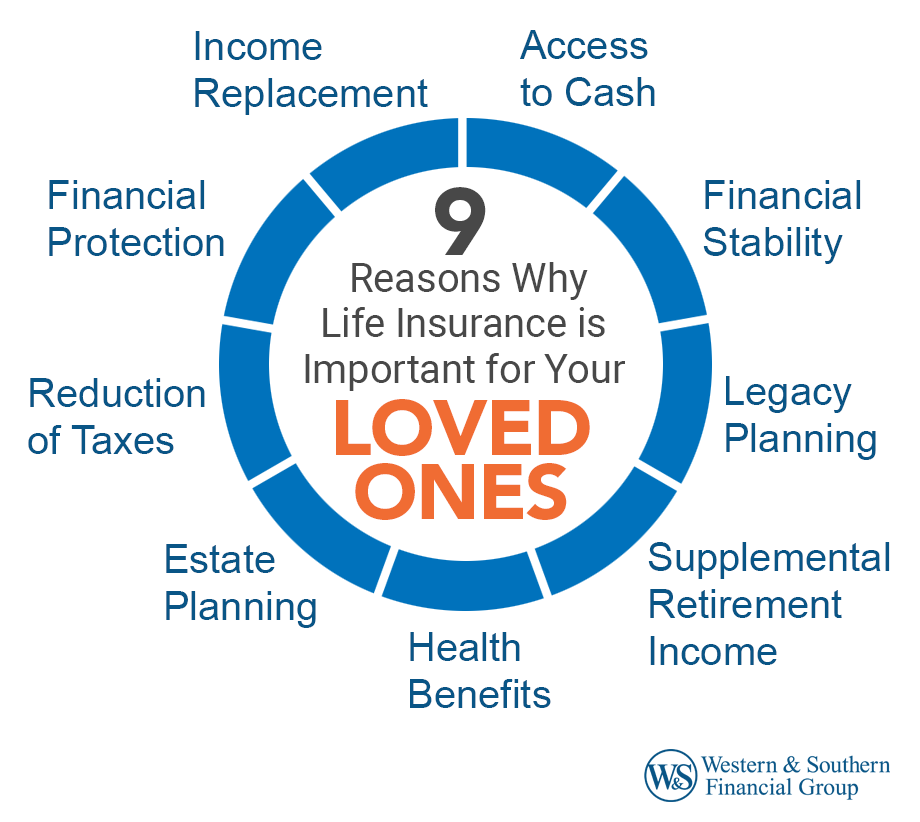Not known Facts About Pacific Prime
Not known Facts About Pacific Prime
Blog Article
Getting The Pacific Prime To Work
Table of ContentsPacific Prime Things To Know Before You BuyLittle Known Facts About Pacific Prime.The 7-Second Trick For Pacific Prime6 Simple Techniques For Pacific PrimeRumored Buzz on Pacific Prime

This is because the data were accumulated for a period of solid economic efficiency. Of the estimated 42 million individuals who were without insurance, almost about 420,000 (regarding 1 percent) were under 65 years of age, the age at which most Americans come to be qualified for Medicare; 32 million were grownups between ages 18 and 65, around 19 percent of all adults in this age; and 10 million were children under 18 years old, about 13.9 percent of all youngsters (Mills, 2000).
These estimates of the variety of individuals without insurance are created from the annual March Supplement to the Existing Population Study (CPS), performed by the Demographics Bureau. Unless otherwise noted, nationwide price quotes of people without medical insurance and proportions of the population with various kinds of protection are based on the CPS, one of the most widely used resource of estimates of insurance protection and uninsurance prices.
Not known Facts About Pacific Prime

Still, the CPS is particularly helpful due to the fact that it produces annual price quotes reasonably quickly, reporting the previous year's insurance coverage estimates each September, and due to the fact that it is the basis for a regular set of price quotes for even more than two decades, permitting analysis of patterns in protection in time. For these reasons, as well as the extensive usage of the CPS in various other research studies of insurance coverage that exist in this report, we count on CPS estimates, with limitations noted.

The estimate of the variety of uninsured people increases when a populace's insurance policy condition is tracked for several years. Over a three-year duration beginning early in 1993, 72 million individuals, 29 percent of the U.S. https://www.pubpub.org/user/freddy-smith-2. populace, were without protection for at the very least one month. Within a solitary year (1994 ), 53 million people experienced a minimum of a month without coverage (Bennefield, 1998a)
6 out of every 10 uninsured grownups are themselves employed. Although working does improve the chance that and one's member of the family will have insurance, it is not a guarantee. Even participants of families with two full-time breadwinner have nearly a one-in-ten chance of being uninsured (9.1 percent without insurance rate) (Hoffman and Pohl, 2000).
The Facts About Pacific Prime Revealed
New immigrants make up a considerable percentage of people without medical insurance. One evaluation has actually attributed a significant section of the recent growth in the size of the united state uninsured populace to immigrants that arrived in the country between 1994 and 1998 (Camarota and Edwards, 2000). Recent immigrants (those that came to the United States within the past 4 years) do have a high price of being uninsured (46 percent), however they and their youngsters make up just 6 percent of those without insurance policy across the country (Holahan et al., 2001).
The partnership between health and wellness insurance and access to care is well established, as documented later on in this chapter. The connection between health insurance and health end results is neither direct nor simple, a comprehensive scientific and health services research literary works web links health and wellness insurance coverage to better accessibility to care, much better top quality, and improved individual and populace health and wellness status.
Degrees of evaluation for analyzing the results of uninsurance. It focuses particularly on those without any kind of health insurance policy for any size of time.
The Buzz on Pacific Prime
The troubles faced by the underinsured are in some respects similar to those encountered by the without insurance, although they are typically less serious. Health and wellness insurance coverage, however, is neither necessary neither adequate to gain accessibility to clinical services. The independent and straight impact of health and wellness insurance coverage on accessibility to health solutions is well developed.
Others will certainly acquire the healthcare they need also without medical insurance, by paying for it out of pocket or seeking it from service providers that provide treatment complimentary or at highly subsidized rates. For still others, health and wellness insurance policy alone does not make certain receipt of care due to the fact that of various other nonfinancial barriers, such as a lack of wellness care service providers in their area, limited accessibility to transportation, illiteracy, or etymological and social differences.
The 15-Second Trick For Pacific Prime
Formal research study concerning without insurance populations in the United States dates to the late 1920s and very early 1930s when the Board on the Cost of Healthcare generated a collection of why not try these out records regarding funding physician office visits and hospitalizations. This problem ended up being significant as the varieties of medically indigent climbed during the Great Clinical depression.
Report this page